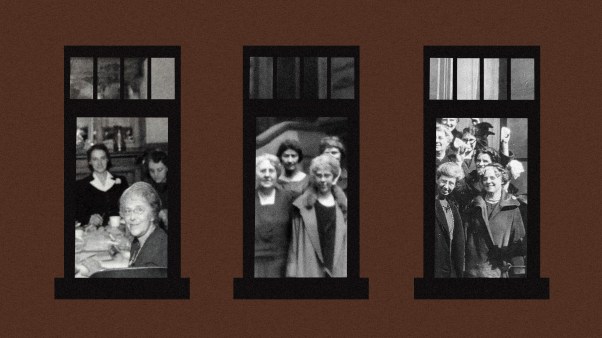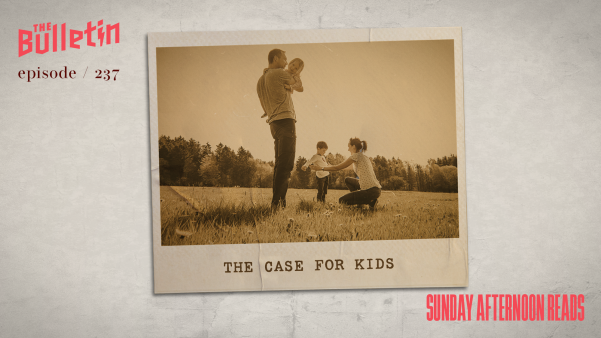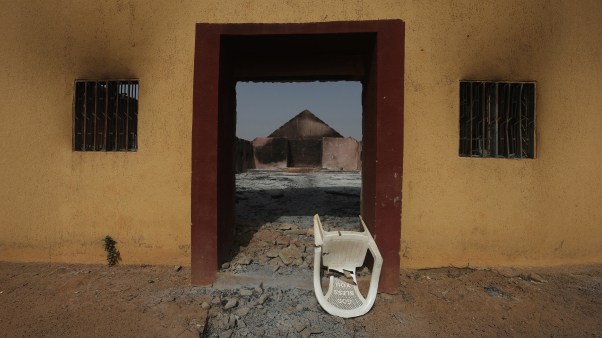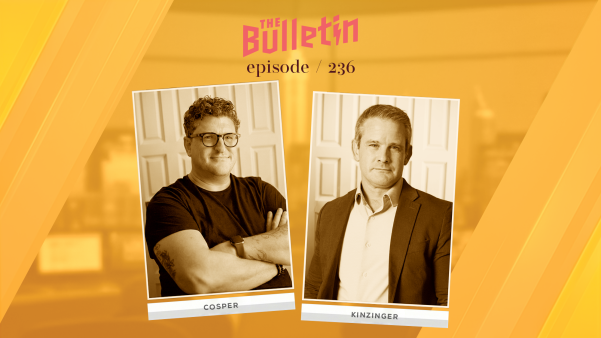A large volume of the kind ordered by Constantine is called a codex. The word is used to describe a manuscript that in shape and appearance is like a modern book—though very much larger than most. (A leaf of the Codex Sinaiticus measures 15 inches in height by 13 1/2 in breadth.) In the early fourth century, the codex form finally won the victory over the earlier roll, and vellum won its victory over the earlier papyrus (made from the pith of a Nile valley reed, much more like modern paper).
Vellum—or parchment—is made from the skin of sheep or goats. (Both animals sometimes make their contribution to one volume.) Vaticanus is made from particularly fine parchment, said to have been prepared from antelope skins.
Though both sides of a sheet of vellum are written upon, the outer “hair side,” by reason of its roughness, presents greater difficulty to the scribe than the smoother “flesh side.” A method of book construction was evolved so that pages opened flesh-side to flesh-side and hair-side to hair-side throughout.
Very careful measurements were made to ensure a neat appearance of the page and an economical use of the costly materials employed. Lines were ruled and pricks made through the folded sheets of vellum (on the parts where writing would later make these marks almost invisible) to guide the scribe.
In Codex Sinaiticus, for example, each page was ruled with four narrow columns usually containing forty-eight lines apiece. In the poetic books of the Old Testament, however, the writing was in two columns and indented lines emphasized the verse structure. The use of a similar scheme in the Revised Version, whereby verse is easily distinguishable from prose, was thus a return to an early practice.
Vaticanus originally contained the whole Greek Bible; but of the approximately 820 original leaves only 759 remain. Originally Codex Sinaiticus must have contained about 730 leaves. Only 390 exist today.
H. G. G. Herklots was a professor of exegetical theology at St. John’s College in Canada and a rector in Flaxton, Manchester, in England. He wrote How Our Bible Came to Us (Oxford/A&C Black), from which this article is adapted.
Copyright © 1994 by the author or Christianity Today/Christian History magazine.Click here for reprint information on Christian History.










